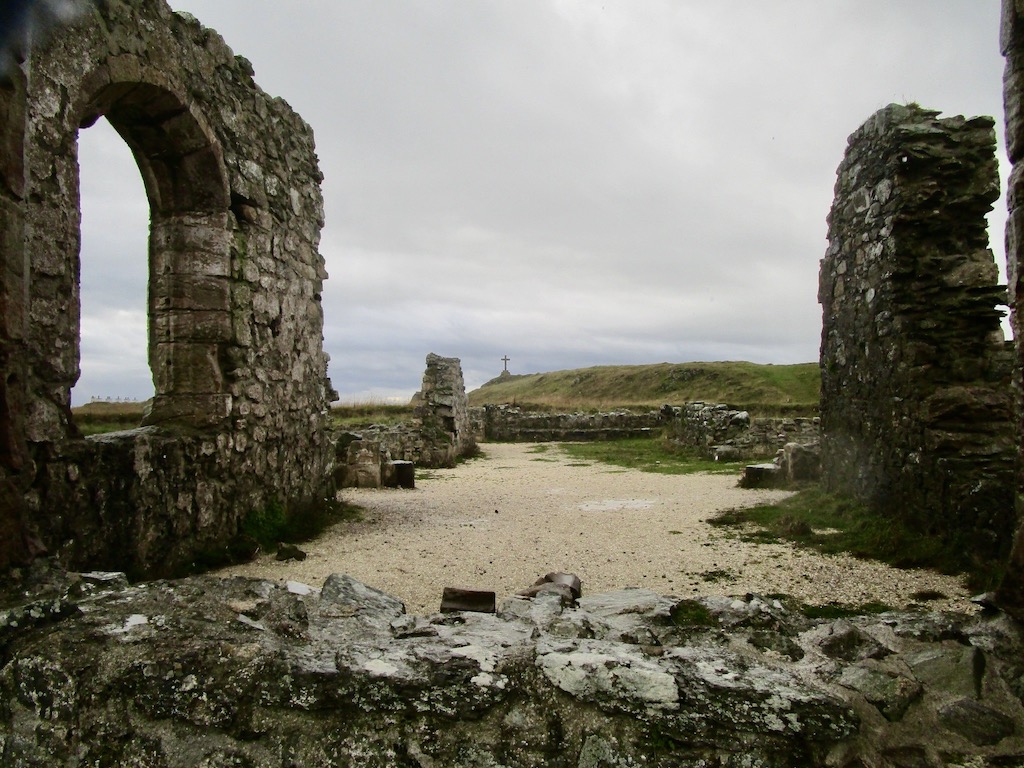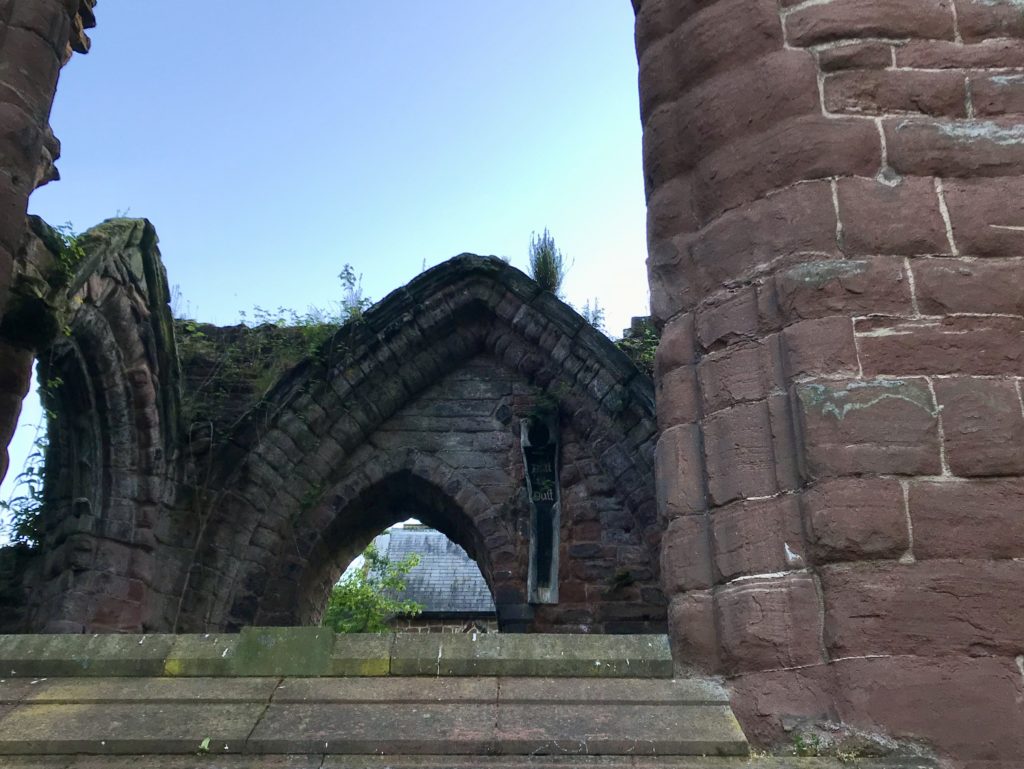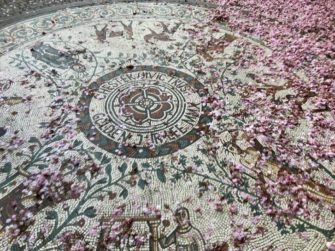 While the focus was on Eurovision this week, a little bit of history was made on another part of Merseyside.
While the focus was on Eurovision this week, a little bit of history was made on another part of Merseyside.
The opening of the Merseyside section of the King Charles III England Coast Path follows the recent renaming of the path for the Coronation.
It leads from Southport [Southport prom pictured above via i Newspaper] via Crosby and Formby to the Liverpool waterfront.
It also adds to plans throughout the year to celebrate the Year of the Coast as designated by the National Coastal Tourism Academy.
The highlight of the new section follows the lesser-known coast to the north of Liverpool, an undiscovered landscape of beaches, dunes and heathland supporting many wildlife habitats.
Several sections are designated as Sites of Special Scientific Interest with rare examples of flora and fauna.
John Corbett, a Liverpool Blue Badge Tourist Guide, based in Crosby, said:
“This is an area of big sky and statement sunsets.”
“I regularly walk this section of coast and love the long-distance views, looking as far as the Lake District and back towards Snowdonia on clear days, plus watching the ships coming in.”
Read the full story via the i Newspaper: Merseyside’s new King Charles III England Coast Path opens up.



